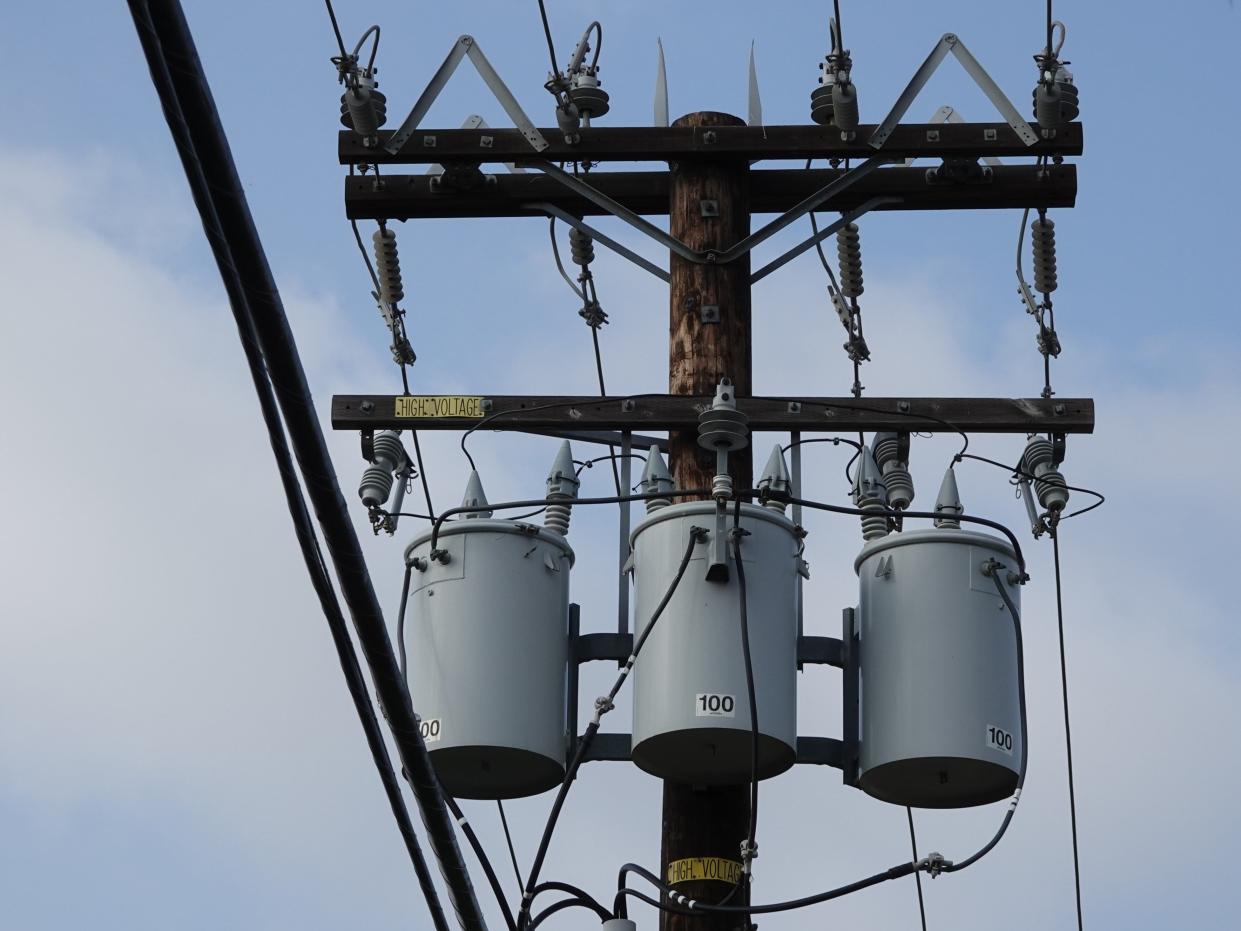Paying the price for the California Public Utilities Commission’s conflicts of interest

- Oops!Something went wrong.Please try again later.
One of the more interesting statements in a recent news story about the just-arrived $34.50 per month increase in the average household bill came from Carla Peterman, a top executive from California’s largest utility, Pacific Gas & Electric.
The money PG&E (soon to be matched by its south state counterparts Southern California Edison, Southern California Gas and San Diego Gas & Electric) will receive in this new $414 per year average levy on each PG&E customer will be used to make the electric system safer and more renewable, Peterman claimed.
That’s pious talk typical of major utility executives, who usually take home high six-figure salaries and have never been held personally accountable for their professional actions and failings. One example: When PG&E was criminally convicted and fined hundreds of millions for causing multi-fatal disasters like a natural gas explosion and the wildfire destruction of virtually an entire town, no executive suffered any legal consequence.
No one has even asked executives to speak under oath about why they didn’t make their system safer long before the many disasters of the last seven years.
Peterman, it turns out, has had a major role in all this. Now executive vice president and a major spokeswoman for PG&E, she was not long ago one of the five state regulators who consistently neglected to hold utility executives responsible for their actions. Was this part of a plan or a deal?
From December 2012 until December 2018, Peterman was one of the virtually untouchable members of the California Public Utilities Commission, holding an appointive job where she could not be fired, not even by the governor who put her there, Jerry Brown.
This sequence leads to questions about whose interests Peterman really pursued while a utility regulator — those of the mass of Californians who are utility customers or those of the utility company whose ranks she would later join. There could also be reasonable questions about whether her votes on the commission were motivated at least in part by promises of a high-paying future job.
No one but Peterman and the folks who put her where she now is can know for sure about that. But if she had held a federal regulatory job with policy-making power similar to the post she occupied for six years, she at least could not have joined any company under her old job’s purview until five years after leaving the government post.
Peterman is not unique. A similar apparent conflict of interest for Michael Peevey, a former president of SoCal Edison, all 14 years he was a PUC member, serving as its its president most of that time before resigning in disgrace in 2014. Peevey was implicated in an apparent conspiracy with Edison executives over whether customers or the company would pay most costs of the Edison blunder that wrecked the San Onofre Nuclear Generating Station.
Peevey was first appointed a commissioner by Democratic Gov. Gray Davis, then reappointed by Republican Arnold Schwarzenegger and again by Democrat Brown. The Peevey conflict of interest had an opposite sequence to Peterman’s, as he ruled repeatedly on rates for the company he formerly ran.
Meanwhile, the sequence for John Bryson was almost identical to Peterman’s. Bryson, a 1970s-era Brown appointee as commission president, became SoCal Edison’s president soon after his six years on the PUC were up, later becoming U.S. Secretary of Commerce under President Barack Obama.
These are just three examples of the kind of conflicts of interest spawned by a system where the five PUC commissioners are essentially immune from public pressure during their terms. There has often been speculation about whether some had secret understandings with regulated companies involving high-paying positions in exchange for favors done.
What’s known right now is that as PG&E bills begin arriving in the mailboxes and computers of both private customers and businesses of all sizes, costs for everything from food to roofing to appliances will rise. Plus, the $34.50 rate hike itself will mean less food, less heat and less flexibility for myriad Californians.
If that’s not a loud call for state legislators to take action to preclude future conflicts of interest, it’s hard to see what could be.
Email Thomas Elias at tdelias@aol.com.
This article originally appeared on Ventura County Star: Paying the price for PUC’s conflicts of interest

